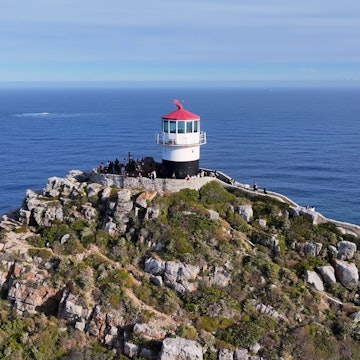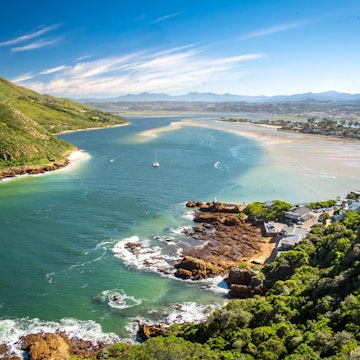

A view of Cape Town's Camps Bay. NavinTar/Shutterstock
When I moved to Cape Town more than a decade ago, my original plan was to stay there for one year.
But the city was so enchanting that I quickly realized 12 months wouldn’t be enough. There's the magic of the landscape – Table Mountain features a centerpiece surrounded by lake, forest and golden beach – and the diverse terrain that's perfect for a wide range of outdoor adventures. This includes climbing, rappelling, hiking, paragliding, surfing and mountain biking.
Cape Town also has an exciting art scene, plus shopping for all tastes and budgets. It offers wonderful opportunities for people whose passions are drinking and dining. The city has its problems of course – such as a wide poverty gap and a rising crime rate – but the good vastly outweighs any negatives.
Cape Town’s expansive array of attractions combined with its laid-back pace keep people exploring here for far longer than they might have anticipated. I should know – I’ve lived here for 12 years and still feel as if I haven’t seen half of what the city has to offer.
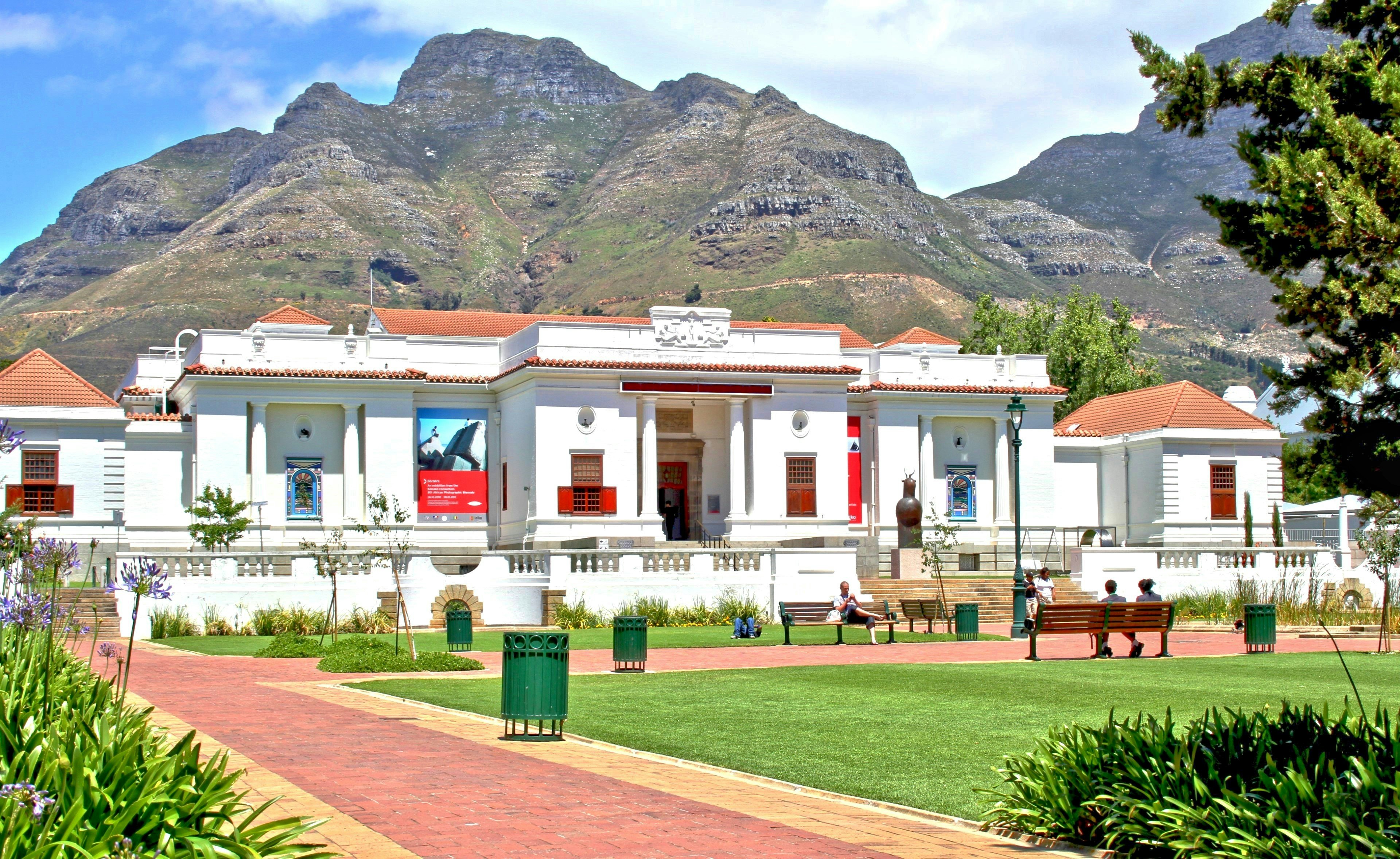
Planning your trip to Cape Town
1. Don't expect to see it all in one visit
Most people schedule four or five days in Cape Town. It’s enough time to get to the top of Table Mountain, visit the penguins and maybe take a surf class or a Cape Malay cooking course. You should be able to shop a little, eat a lot, drink some wine and marvel at the majesty of Kirstenbosch National Botanical Garden, too.
A week of course would be better. But a month still wouldn’t be long enough. Most people don’t have weeks to spare, though. With four or five days in the city – ideally a week – you can see all the major sights (Cape Town’s notoriously fickle weather permitting), pick the perfect restaurant (book a few weeks ahead for big-name fine dining joints) and get a feel for the city’s general joie de vivre.
You can always tackle the rest on your next visit, because once you’ve become acquainted with the city, you’re guaranteed to want to come back.
2. Grab an Uber into the city from the airport
Buses no longer service Cape Town International Airport, leaving fewer options for getting into the city center. If you’re planning to rent a car for your stay, you’re in luck. Most major car hire companies have desks at the airport.
If not, approved taxi companies have desks inside the arrivals hall. Otherwise, follow the lead of the locals and order an Uber once you're past baggage reclaim. Not only is it the cheapest option, but it's also considered a safe way to travel. Try and avoid the touts outside the airport offering to arrange taxis or Ubers. Some might be legit, but it’s best to exercise caution.
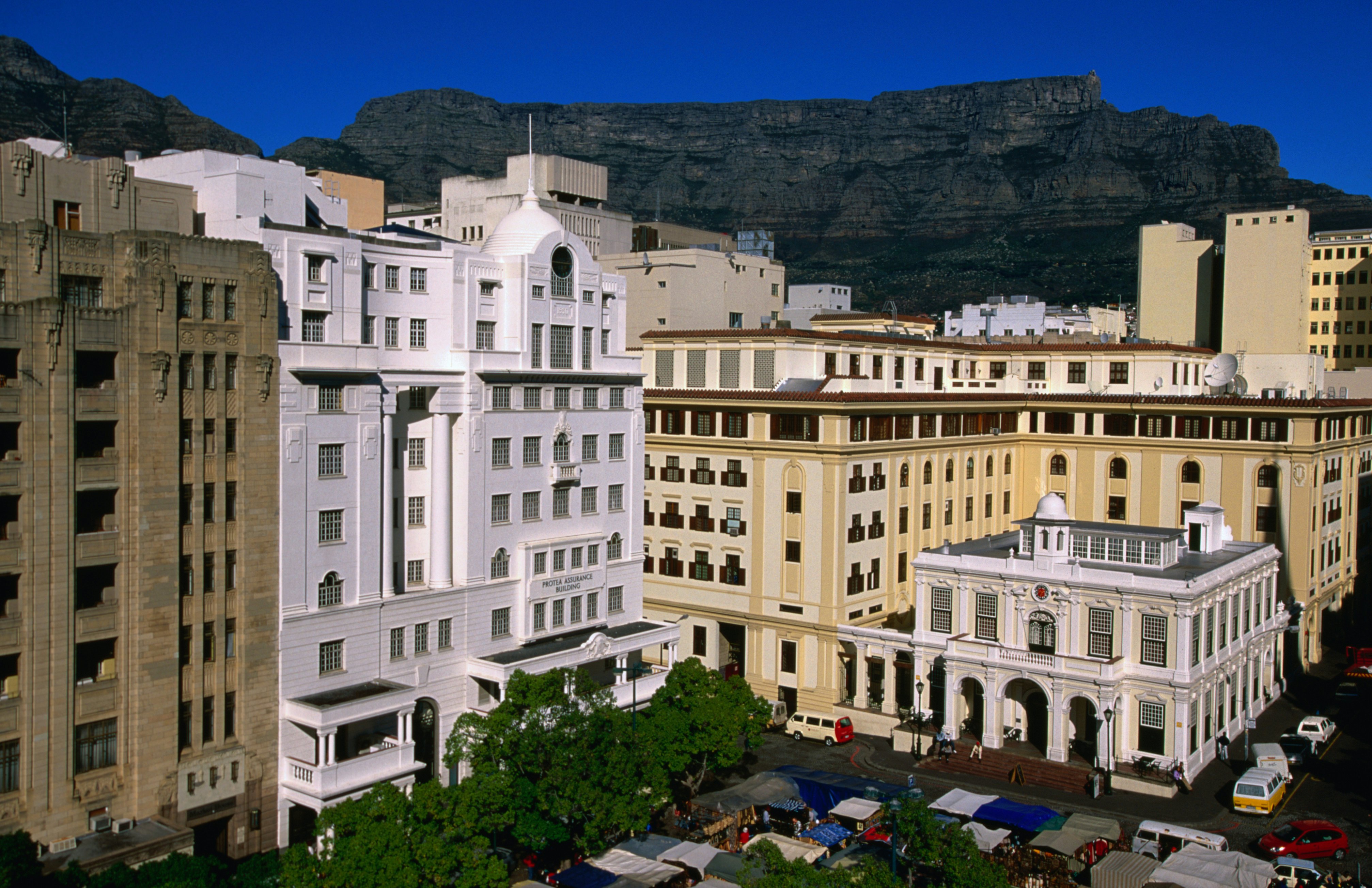
3. Pack a change of clothes whenever you leave the house
Cape Town residents are very fond of saying that the city experiences four seasons in one day, and while visitors from the northern hemisphere might scoff at a Capetonian’s idea of winter, it’s true that the weather is capricious.
In spring and autumn, you could start the day with a jersey and long pants, need sunscreen and hats by lunchtime, and be shopping for umbrellas by mid-afternoon.
Winter is largely wet, but there are days when you’ll need sunblock. Meanwhile, summer afternoons can get pretty windy and have you reaching for a jacket. To be on the safe side, pack sunscreen, sunglasses and something with sleeves into your day bag.
4. Speed-shop at the robots
English is one of South Africa’s 11 official languages, but it does come with a few idiosyncrasies. Take the robots. These are not mechanical men, but the local term for traffic lights. More than just a place to stop (or for some drivers, to just carry on, red light be damned) and wait for the traffic – robots are a hub of human activity. You’ll see beggars here on a regular basis, as well as traders selling everything from sunglasses to reindeer antlers.
The robots allow you to buy a sunhat, shop for souvenirs, grab some fresh veggies or replace that phone charger you left at your last guesthouse, all from the comfort of your car. First-time visitors can feel a little anxious lowering their windows at the lights, but if you’re in the suburbs and you see a trader selling something you like, it’s a part of local life to see what they have. Make your speed-shopping as swift as possible by keeping cash on hand. Capetonians are not the most patient of drivers. If you linger more than a few seconds after the robots turn green, a symphony of horn-honking will ensue.
Etiquette in Cape Town
1. Remember to tip
Although expected amounts are not on a par with those in North America, South Africa has a tipping culture and many workers will expect you to add a little something onto the bill. In restaurants and bars, 10% is acceptable, though 12-15% is better. Give R5-10 ($0.28-$0.57US) to petrol pump attendants (you can’t pump your own gas in South Africa) and R5-10 ($0.28-$0.57US) to informal parking guards, depending on the level of service they offer (some barely glance at your car, others will help you squeeze in and out of tight spaces).
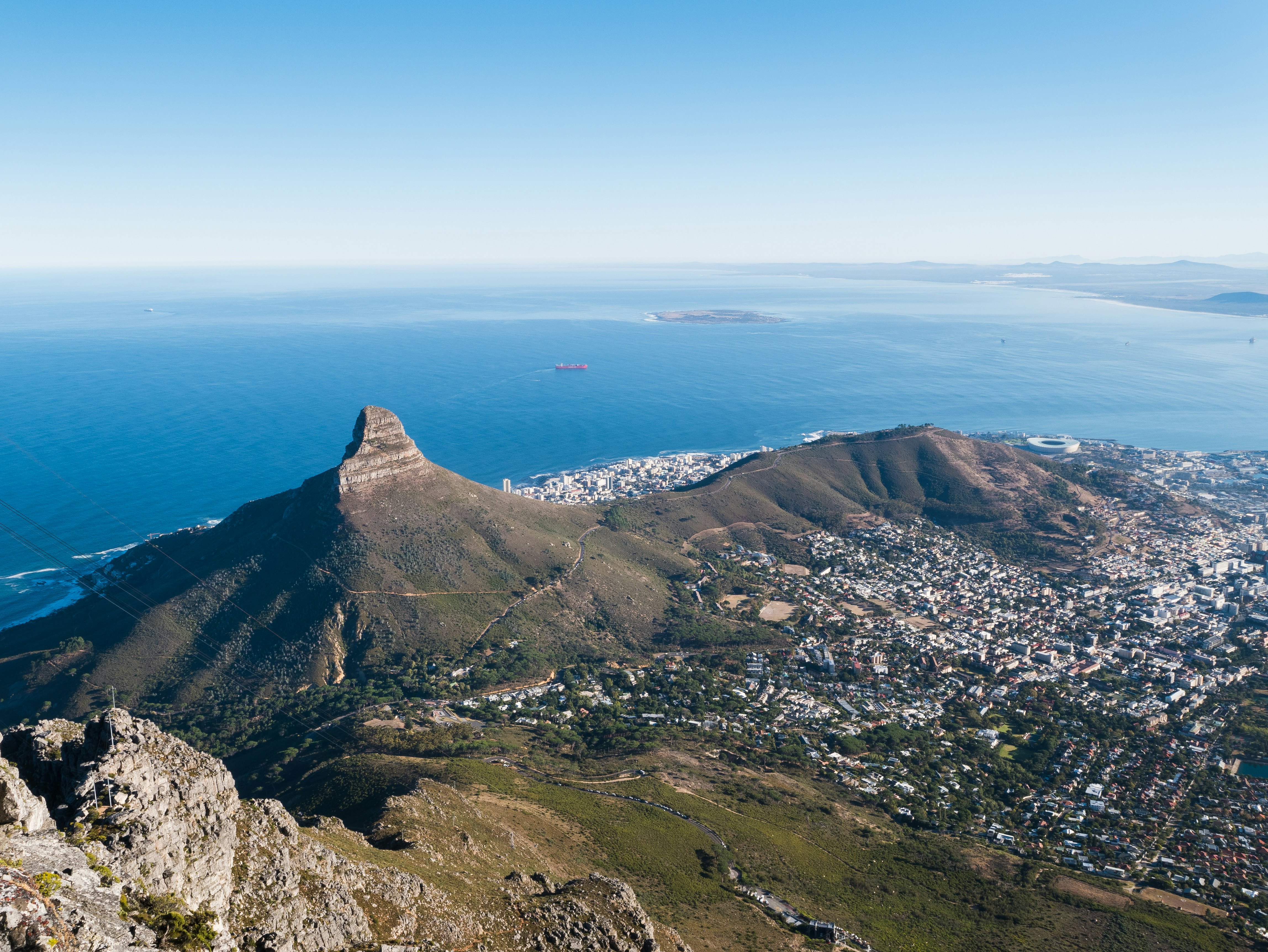
Safety in Cape Town
1. Bring a friend when hiking Table Mountain
Visible from pretty much every corner of the city, Cape Town’s flat-topped mountain is the emblem and the pride of the South African capital. It's also a must-see. Don’t let its proximity to the center fool you. Even on a sunny day, the weather at the top is often cool and windy, so don’t head up in your beach gear with no layers to add.
If you’re hiking rather than taking the cable car, adopt the usual rules: don’t go alone; always tell people where you’re headed; stick to marked trails; pre-plan your route. Every year there are tales of travelers who get lost on the mountain and have to rely on local search and rescue services to bring them back down. Take local advice on which route to tackle. Some are safe, while others should only be attempted with larger groups or in the company of a seasoned guide.
2. Conceal your food around baboons
Baboons are a part of life in the Cape Peninsula. Most visitors will give these large-toothed primates a wide berth. But for others, the intrigue of seeing a monkey hang out on a beach or wander through a car park is too great.
Feeding the baboons is strictly prohibited (not that the baboons know that). They'll happily leap into an open car of an unsuspecting tourist to whip a picnic out of their hand. Or they'll riffle through unattended bags on the Cape Point beaches, whilst the owners look on flabbergasted from the ocean. If you see baboons around, roll up the windows and stash the snacks.
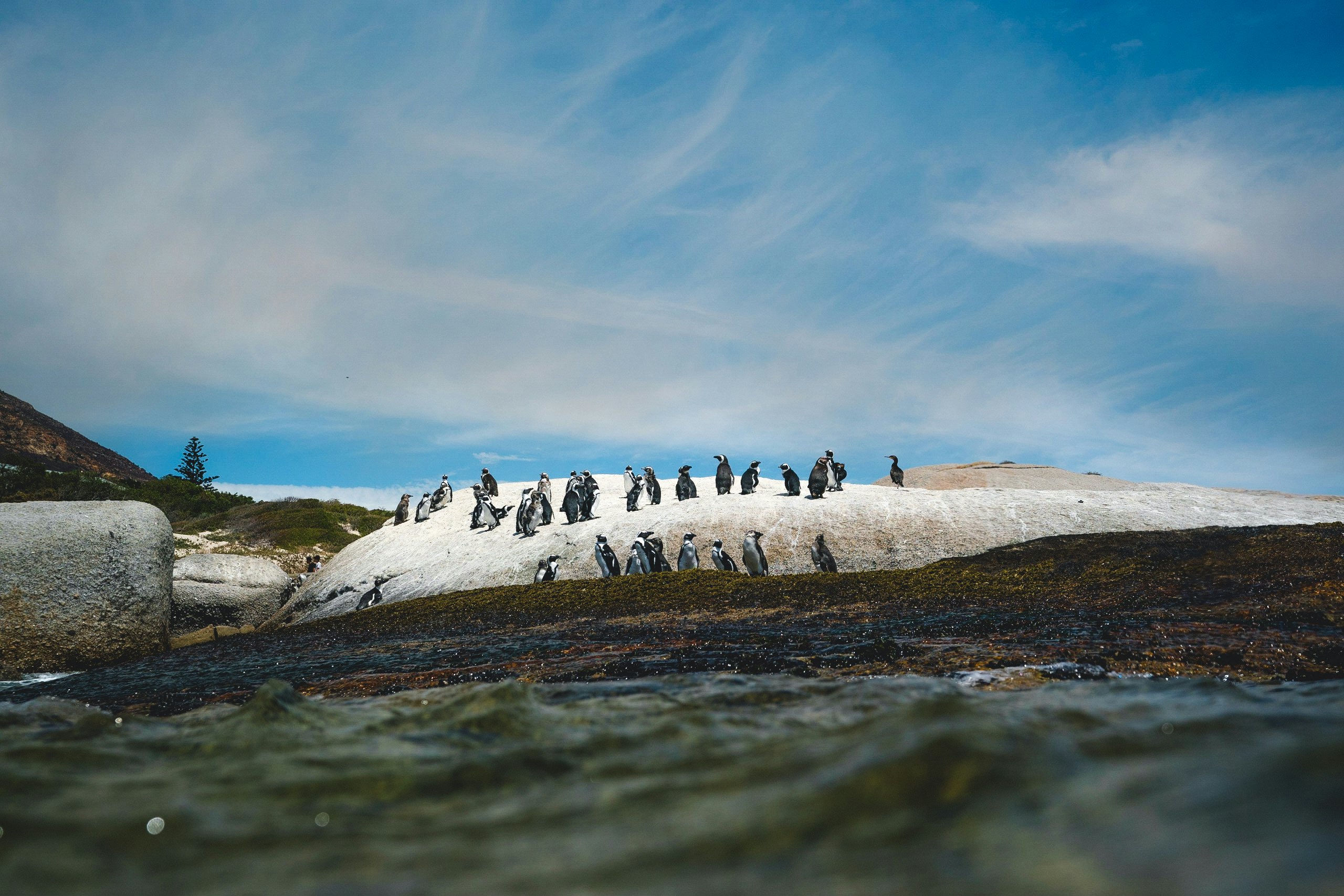
3. Feel free to drink the tap water
Although at many restaurants you’ll be asked whether you’d like to kick off with still or sparkling, the Cape Town tap water is perfectly safe to drink. If you leave the city to visit smaller towns, ask locally if they drink the water, although generally, water in the Western Cape is perfectly potable.
4. Ask if there are any areas to avoid
Most Cape Town visits are incident-free, but it’s a good idea to get the lowdown on which areas to avoid from your host. The city center is generally fine, but after dark it’s best not to wander alone. Sunday afternoons and Monday evenings tend to be pretty quiet, too. Keep your wits about you if there aren’t many people around.
Locals will likely tell you to avoid the Cape Flats. Yet you can visit many of its restaurants and attractions during the day without any trouble. The Flats also has some good nightlife too. Stay in one of its guesthouses or homestays if you want a bit more immersion. The best way to explore these neighborhoods in any depth is to engage a local guide.













